If you have slow moving hierarchies, consider adding Range Keys. They facilitate navigation, filtration, and/or aggregration without the need of recursion.
The Range keys indicate ownership between X and Y. The range keys are especially helpful when dealing with large hierarchies (180K nodes).
The following is a simplified example, but may help.
Sample Hier Build
--Drop Table #MyHier
Declare @YourTable table (id int,ParentId int,Name varchar(50))
Insert into @YourTable values
(11, NULL,'A')
,(12, 11 ,'B')
,(13, 12 ,'F')
,(14, 13 ,'C')
,(15, 13 ,'D')
,(16, 11 ,'E')
,(17, 12 ,'G')
,(18, NULL ,'M')
,(19, 18 ,'N')
,(20, 18 ,'O')
,(21, 20 ,'P')
Declare @Top int = null --<< Sets top of Hier Try 3
Declare @Nest varchar(25) = '|-----' --<< Optional: Added for readability
;with cteP as (
Select Seq = cast(10000+Row_Number() over (Order by Name) as varchar(500))
,ID
,ParentId
,Lvl=1
,Name
,Path = cast('/'+Name+'/' as varchar(500))
From @YourTable
Where IsNull(@Top,-1) = case when @Top is null then isnull(ParentId ,-1) else ID end
Union All
Select Seq = cast(concat(p.Seq,'.',10000+Row_Number() over (Order by r.Name)) as varchar(500))
,r.ID
,r.ParentId
,p.Lvl+1
,r.Name
,cast(p.path + '/'+r.Name+'/' as varchar(500))
From @YourTable r
Join cteP p on r.ParentId = p.ID)
,cteR1 as (Select *,R1=Row_Number() over (Order By Seq) From cteP)
,cteR2 as (Select A.ID,R2=Max(B.R1) From cteR1 A Join cteR1 B on (B.Seq like A.Seq+'%') Group By A.Seq,A.ID )
Select A.R1
,B.R2
,A.ID
,A.ParentId
,A.Lvl
,Name = Replicate(@Nest,A.Lvl-1) + A.Name
,Path
Into #MyHier
From cteR1 A
Join cteR2 B on A.ID=B.ID
Select Full Hier
-- Get The Full Hier
Select *
From #MyHier
Order By R1
Returns

Get Ancestors
-- Get Ancestors of a Node
Declare @GetAncestors int = 15
Select A.*
From #MyHier A
Join (Select R1 From #MyHier Where ID=@GetAncestors) B
on B.R1 between A.R1 and A.R2
Order By A.R1
Returns

Select Descendants
-- Get Descendants of a Node
Declare @GetDesendants int = 12
Select A.*
From #MyHier A
Join (Select R1,R2 From #MyHier Where ID=@GetDesendants) B
on A.R1 between B.R1 and B.R2
Order By A.R1
Returns



